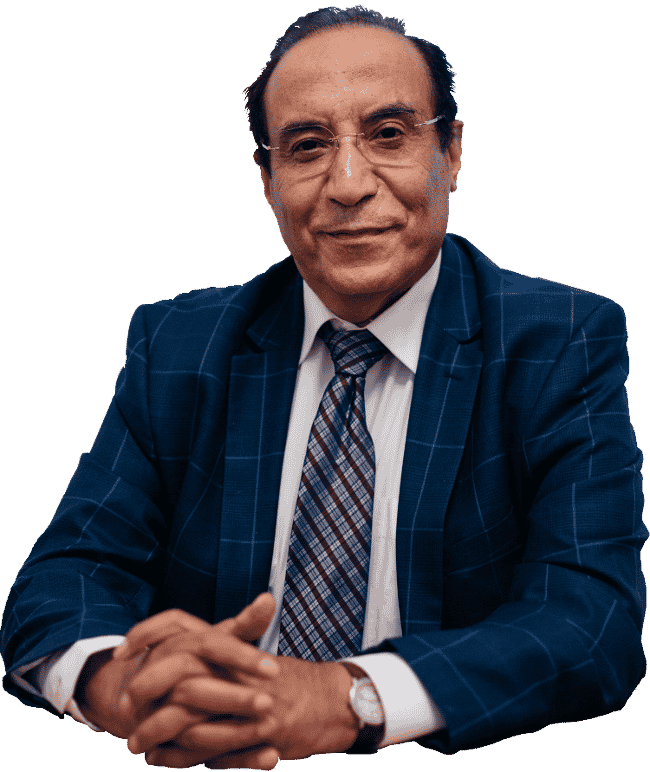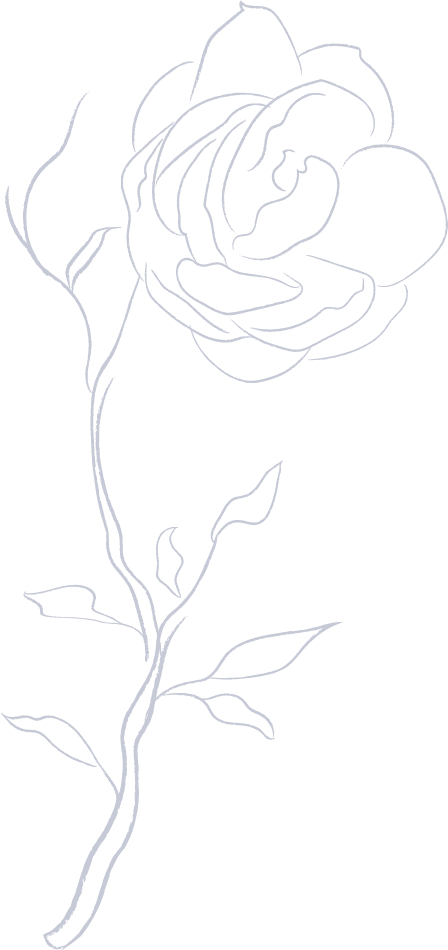Understanding Cartilage Grafting
What is cartilage grafting?
Cartilage grafting is a surgical technique that involves the transplantation of cartilage from one part of the body to another, typically to reconstruct or augment the nasal structure. In secondary rhinoplasty, cartilage grafting can be used to address various issues that may have resulted from a previous surgery, such as nasal deformities, functional problems, or aesthetic concerns.
Sources of cartilage for grafting
There are several sources of cartilage that can be used for grafting in secondary rhinoplasty. Common options include:
- Septal cartilage: This cartilage is harvested from the nasal septum and is often the preferred choice due to its strength and availability.
- Ear cartilage: Cartilage can be obtained from the patient’s ear, offering a less visible donor site with minimal scarring.
- Rib cartilage: In cases where a larger amount of cartilage is required or when septal and ear cartilage are not available, rib cartilage can be harvested.
Applications of Cartilage Grafting in Secondary Rhinoplasty
Structural support and stability
Cartilage grafts can be used to provide additional support and stability to the nasal structure. This is particularly important in secondary rhinoplasty cases where previous surgeries may have weakened or compromised the structural integrity of the nose. By reinforcing the nasal framework, cartilage grafting can help to maintain the desired shape and prevent future complications.
Correction of deformities
Secondary rhinoplasty patients may have experienced deformities as a result of their initial surgery, such as pinched or collapsed nasal tips, irregularities in the nasal bridge, or asymmetries. Cartilage grafting can be used to correct these deformities by augmenting or reshaping the affected areas, leading to a more balanced and aesthetically pleasing appearance.
Improving nasal function
In some cases, secondary rhinoplasty patients may experience functional issues, such as difficulty breathing or nasal obstruction, as a result of their initial surgery. Cartilage grafting can be employed to improve nasal function by addressing the underlying structural problems, such as a deviated septum or collapsed nasal valves.
Dr. Shahar’s Expertise in Secondary Rhinoplasty
Dr. Shahar is a renowned expert in secondary rhinoplasty, with a wealth of experience in correcting numerous poorly performed rhinoplasties throughout his career. His vast knowledge and skillset make him an ideal choice for patients seeking an accomplished surgeon for their revision surgery. With a keen eye for detail and a deep understanding of the intricacies of cartilage grafting, Dr. Shahar consistently delivers exceptional results, helping his patients achieve their desired aesthetic and functional outcomes.
Cartilage grafting plays a vital role in secondary rhinoplasty, offering a versatile and effective means of addressing structural issues and achieving desired aesthetic results. By choosing an experienced and skilled surgeon like Dr. Shahar, patients can feel confident in their decision to undergo revision surgery and look forward to a successful outcome. Understanding the importance of cartilage grafting and its various applications in secondary rhinoplasty can help patients better prepare for their procedure and set realistic expectations. With the right surgeon and a comprehensive understanding of the process, patients can look forward to improved nasal aesthetics and functionality, allowing them to put their previous rhinoplasty experience behind them and move forward with confidence.

